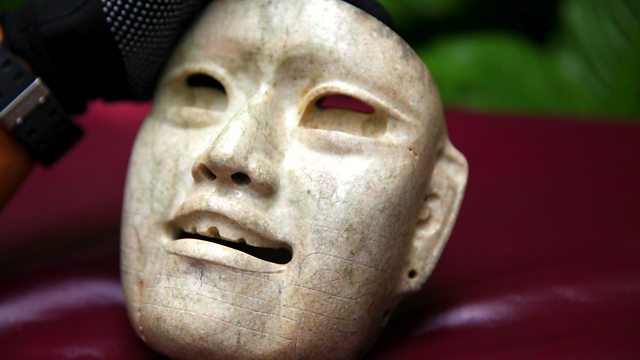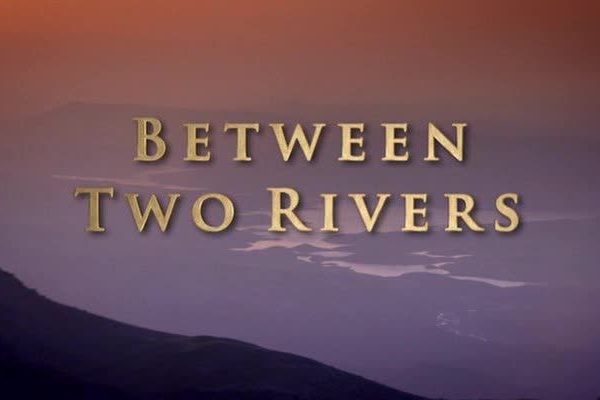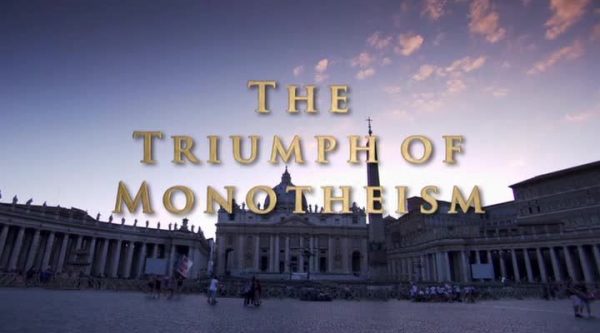Lost Kingdoms of Central America episode 1: Dr Jago Cooper begins by journeying through southern Mexico to investigate the rise and fall of America’s oldest civilisation, the Olmec, which thrived over 3,000 years ago. He encounters colossal stone heads and the oldest rubber balls in the world and descends deep inside an ancient cave network in search of a were-jaguar.
Dr Jago Cooper explores the rise and fall of the forgotten civilisations of Central America. His quest takes him from the crystal-blue seas of the Caribbean to the New World’s most impressive pyramids, flying over the smoking volcanoes of Costa Rica and travelling deep underground in the caves of central Mexico. He travels in the footsteps of these peoples to reveal their secrets and unearth the astonishing cultures that flourished amongst some of the most dramatic landscapes in the world.
Lost Kingdoms of Central America episode 1
The Olmecs were the earliest known major Mesoamerican civilization. Following a progressive development in Soconusco, they occupied the tropical lowlands of the modern-day Mexican states of Veracruz and Tabasco. It has been speculated that the Olmecs derived in part from the neighboring Mokaya or Mixe–Zoque cultures.
The Olmecs flourished during Mesoamerica’s formative period, dating roughly from as early as 1500 BCE to about 400 BCE. Pre-Olmec cultures had flourished since about 2500 BCE, but by 1600–1500 BCE, early Olmec culture had emerged, centered on the San Lorenzo Tenochtitlán site near the coast in southeast Veracruz. They were the first Mesoamerican civilization, and laid many of the foundations for the civilizations that followed.
Among other “firsts”, the Olmec appeared to practice ritual bloodletting and played the Mesoamerican ballgame, hallmarks of nearly all subsequent Mesoamerican societies. The aspect of the Olmecs most familiar now is their artwork, particularly the aptly named “colossal heads”. The Olmec civilization was first defined through artifacts which collectors purchased on the pre-Columbian art market in the late 19th century and early 20th centuries. Olmec artworks are considered among ancient America’s most striking.
The beginnings of Olmec civilization have traditionally been placed between 1400 and 1200 BCE. Past finds of Olmec remains ritually deposited at the shrine El Manatí near the triple archaeological sites known collectively as San Lorenzo Tenochtitlán moved this back to “at least” 1600–1500 BCE. It seems that the Olmec had their roots in early farming cultures of Tabasco, which began between 5100 BCE and 4600 BCE. These shared the same basic food crops and technologies of the later Olmec civilization.




